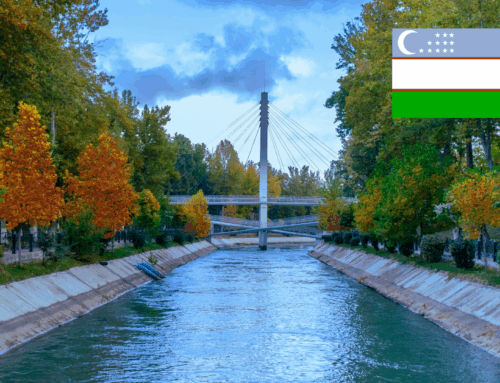Please note: Manufacturers of pharmaceuticals and cosmetics can expect extended producer responsibility, as they are held responsible as one of the main sources of micropollutants in municipal wastewater.
In accordance with the polluter pays principle, they must then bear at least 80 % of the additional costs for the fourth treatment stage.
The revised regulations are a key component of the EU’s Zero Pollution Action Plan.
The updated directive obliges member states to collect and treat wastewater from all residential areas with a population equivalent (PE) of 1,000 or more in accordance with EU minimum standards – a reduction from the previous threshold of 2,000 PE. By 2035, these residential areas must have sewerage systems that cover all domestic wastewater sources. The directive also provides for the removal of organic-biodegradable material before the wastewater is released into the environment.
To further reduce pollution from nitrogen, phosphorus and micropollutants, the directive requires so-called tertiary and tertiary treatment in larger wastewater treatment plants. From 2039, plants that treat wastewater for at least 150,000 population equivalents must remove nitrogen and phosphorus. By 2045, they will be obliged to filter out micropollutants.
The revised EU directive introduces a significant innovation: the introduction of a system of extended producer responsibility. In future, manufacturers of pharmaceuticals and cosmetics will be obliged to pay for the treatment costs of micropollutants in municipal wastewater. In accordance with the polluter pays principle, these manufacturers must bear at least 80 per cent of the additional costs for so-called fourth treatment – an advanced stage of wastewater treatment that specifically removes micropollutants.
These new regulations lead to considerable additional costs for European companies in these sectors. The German Chemical Industry Association estimates that the German pharmaceutical and cosmetics industry alone will be burdened with two to three billion euros a year in cleaning costs, in addition to the considerable bureaucratic costs of collecting the levies.
The revised directive also sets an energy neutrality target for larger wastewater treatment plants that treat wastewater for 10,000 PE or more. These should be able to cover their energy requirements with self-generated renewable energy by 2045. With this measure, the EU is aiming to reduce greenhouse gas emissions in the municipal wastewater sector, one of the largest energy consumers in the public sector.
The Council’s approval was the final step in the legislative process. The directive will now be published in the Official Journal of the EU. It will enter into force on the twentieth day after publication and the EU member states have 31 months to transpose the new requirements into national law.
Source DIHK / EU raw materials policy






